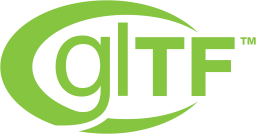- using ideas from imperfect shadow map point-cloud rendering to implement reflections
- generates a point cloud around the track
- screen space pixels that are close to points of the point cloud transfer their color onto the points
- the point cloud is then projected onto a sphere around the car and used as an environment map to add reflections on the cars
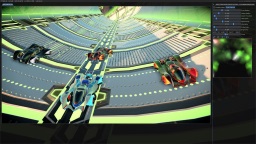
- breaks down the engine into two separate related concepts, Resource and Command management
- discusses how to interact with resources
- introduces the idea of state scopes to prevent state leaking
- commands are recorded into engine specific command buffers that are later converted into the API specific format
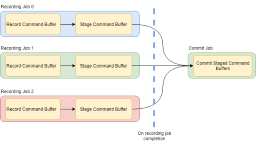
- slides for most of the talks have already been published
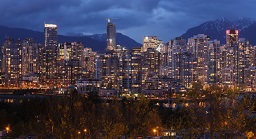
- Nvidia tutorial on how to integrate DirectX raytracing and rasterization so that both rendering paths can be used within the same application
- how to initialize the API, create DXR acceleration structures
- how the ray tracing pipeline works, manage shaders, resources, and shader binding tables
- implementation of the required raytracing shaders to produce identical results with the rasterization pipeline
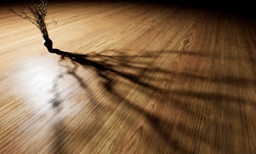
. short description of the different aspects of the Disney BSDF, including source code
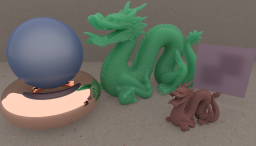
- a technique to render screen space water using unity
- water particles write information into offscreen buffers to accumulate water information
- these buffers are then resolved to form a continues water surface instead of individual blobs
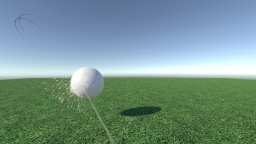
- improves upon the multiple scattering approximation from the previous part of the series
- the result is a model that only requires a 2D LUT to be pre-calculated
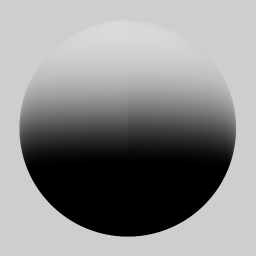
- walkthrough of two vegetation shaders created with the visual shader editor that was added in Unity 2018.1

- how to improve the generation of uniform points in a sphere, disk, and a spherically capped cone

- a tutorial that shows how to clip a mesh in a pixel shader against a plane using unity
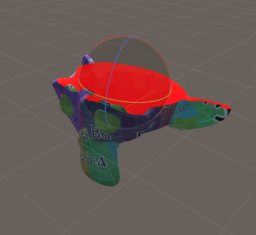
- a web tool that allows the conversion from HLSL Shaders to HLSL 6.2, GLSL 4.5 and Metal 2.1

- choosing a different algorithm to optimize triangle-ray intersection tests and vectorizing the calculations
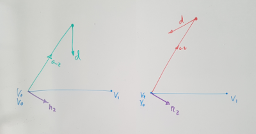
- a quick overview of blue noise tiled with various tile sizes from 16x16 to 256x256
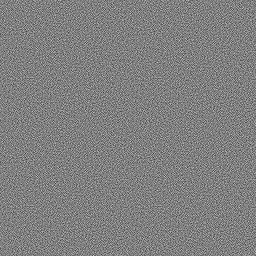
- explores source to source optimizations techniques using the LunarGlass framework with GLSL shaders
- comparison of different optimization techniques and the effects on runtime performance
- results vary significantly between different shaders and target platforms
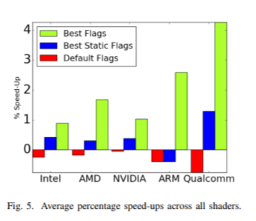
- overview of libraries available to write GPGPU applications using the Rust programming language
- description of the “unlit” light system being used
- it allows lights to modify tint, brightness and contrast to enable the 2D characters to match the environment better
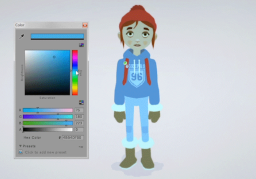
- a short explanation and Metal shader code for different blend modes as described in the PDF specification
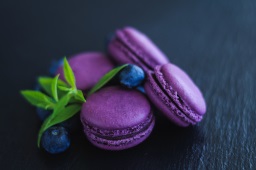
- overview of different fire effects that are based around animated noise textures

- overview of different rain effects with links to more in-depth articles discussing the showcased effects



